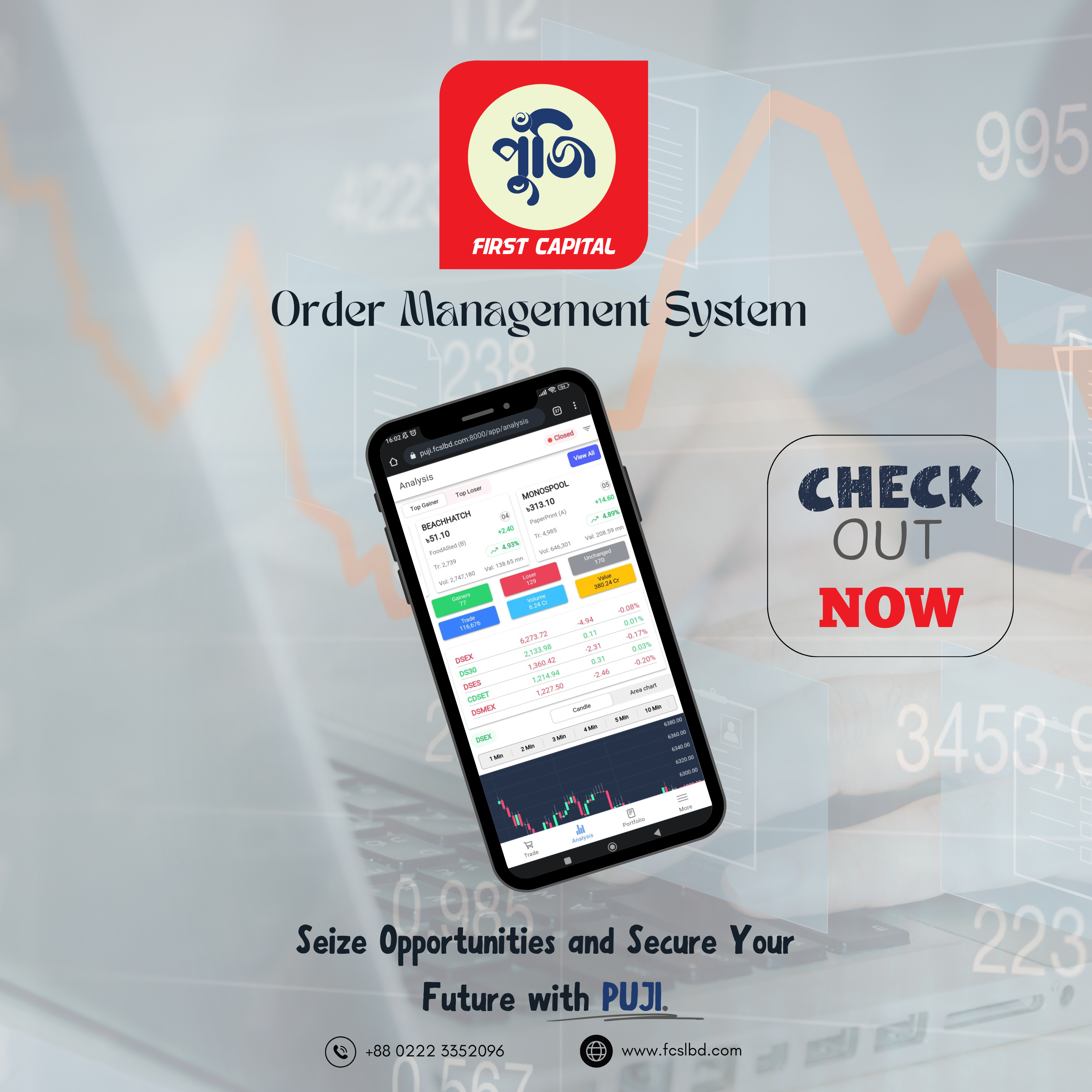The readymade garment is set to see a 0.5% cut in export incentives every six months as the government plans to get rid of all such cash stimulus on exports by July 2026, months before the country’s scheduled graduation from Least Developed Country status.
Under the finance ministry’s roadmap which is already in force from January this year with initial cuts in cash stimulus, other export sectors will have export incentives slashed by a third every year before being phased out by July 2026.
However, the export sectors will be compensated by a raft of alternative supports in the forms of electricity tariff waivers by up to 10%, exemption of licensing fees and import of capital machinery and spare parts paying at a maximum 1% duty. Export industries will be offered low-interest loans and tax breaks for green energy and effluent treatment plants, according to the commerce ministry’s policy draft.
Being the largest export sector, the RMG enjoys the most of the cash benefits that led to its spectacular rise in the last four decades and now stands to lose the most as the Bangladesh Bank already started to implement the roadmap in January.
Currently, 43 sectors enjoy incentives, most of which come as cash assistance, which almost all exporters of readymade garments enjoy. For them, the rate was 4%, which was reduced to 3%, as per the 30 January circular of the central bank. It also scaled down incentives for various other export sectors such as jute, frozen fish, potatoes, processed meat– some seeing a decline to zero from 10% or to 15% from 20%.
Apparel industry leaders are concerned about an adverse effect of withdrawal of cash incentives, saying the government needs to put substitutes in force to support export sector stay afloat and competitive after LDC graduation when duty-free access will end.
ndustry analysts say the phase-out of cash support is unavoidable under the WTO rule after LDC graduation and businesses need to be ready for the reality with alternative policy supports from the government.
How big is cash support
The budget for the current fiscal year has an allocation of Tk15,225 crore in export and remittance incentives. The government’s actual expenditure on this in FY 2021-22 was Tk13409 crore.
“Cash incentives can be continued till graduation so that exporters can achieve competitiveness by 2026.”
Faruque Hassan, president of Bangladesh Garment Manufacturers and Exporters Association (BGMEA)
Of the allocation, remittance incentives amount to about Tk4000 crores. Exporters get the rest. And out of this, readymade garment exporters get about 70%.
Finance department officials said that the cash incentive rate in the readymade sector will be cut by 0.5% in every January and July in the current and next two fiscal years.
As a result, the incentive rate will stand at 1% by June 2026, which will be completely withdrawn by the Ministry of Finance at the beginning of the 2026-27 financial year or from 1 July, 2026.
Sectors like jute, jute products, frozen fish, leather, plastic products that now enjoy 10% or less incentives, and others with 12% to 15% rates, will see a cut by one-third every year. Though entitled to higher rates, these sectors receive a small portion of the cash incentives because of their insignificant share of overall exports.
In view of LDC graduation, the government had to start reducing cash incentives against existing exports in various sectors from the second half of the current financial year.
In the first instance in January, it completely withdrew the 1% special cash incentive against exports of five HS-coded goods in the readymade garments sector. Later, 0.50% was reinstated under the directive of the Prime Minister following demand from the industry.
There are other incentives in the readymade clothing sector. For example, in addition to the existing 3% special support for exporters in the Eurozone, there is 1% special support. Small and medium industries in the readymade garment sector get an additional 4% cash support.
Besides, the government is providing additional 3% cash assistance for export of new products and export to new markets, and manmade fiver products. The rate of these incentives will also be reduced by the Ministry of Finance every six months.
More on offer
At present, some of the incentives in the export sector include duty drawback scheme, interest rate subsidy, special bonded warehouse, back to back letter of credit, export processing zone (EPZ) facility, import of machinery for export oriented industries, cash incentive, income tax rebate, currency retention scheme, export credit, guarantee scheme, Export Development Fund, exemption of VAT on exports, refund of VAT to exporters are notable.
Commerce Ministry officials said that export incentives, income tax concessions and currency retention schemes cannot be given if promoted to developing countries. However, duty drawback, VAT exemption on import and export of inputs used in the production of export goods, VAT refund to exporters, EPZ facility, back to back LC facility, special bonded warehouse and duty drawback scheme facility can be continued.
Besides, the export credit guarantee scheme will not be feasible unless the long-term operating costs are factored in. Moreover, the rate of interest and the rate of interest in providing export development funds cannot be lower than the interest rate of the international capital market.
Substitutes for cash supports
Although the government has withdrawn cash incentives, the government plans to provide alternative support to exporters in line with WTO guidelines. The Ministry of Commerce has outlined plans to provide various incentives as an alternative in the draft export policy 2024-2027.
As an alternative to cash incentives, there will be concessions of 5% to 10% on electricity bills of industries producing major export products, waiving of all types of licensing fees for exporting companies and maintaining the maximum duty rate of 1% on the import of capital machinery and spare parts.
Low interest bank loans will be provided from the Export Development Fund for setting up green energy units in export-oriented industries that require round-the-clock electricity. For setting up effluent treatment plants and eco-friendly factories, this fund will provide subsidised interest or low interest loan assistance from the government.
Despairs, hopes and reality
According to the calculations of the General Economics Department of the Planning Commission, the loss of duty-free benefits due to LDC graduation could reduce Bangladesh’s export earnings by seven billion dollars.
However, former member of Bangladesh Trade and Tariff Commission Mostafa Abid Khan told The Business Standard that the European Union and the United Kingdom will continue the duty-free benefits for three years even after LDC graduation. This means, even after graduation, 60% of Bangladesh’s total exports will not suffer at all until at least 2029.
He said 73% of Bangladesh’s total exports enjoy duty-free facilities. 80% of this is exported to EU and UK. The remaining 20% duty-free export facility is likely to be lost after the LDC graduation.
Mostafa Abid said the impact of withdrawal of cash incentives will depend on what kind of steps the exporting sectors are taking to increase their capacity and what kind of policy support the government will provide as alternative assistance to exporters after graduation.
Professor Mostafizur Rahman, distinguished fellow at the Centre for Policy Dialogue (CPD), finds the government’s plan to gradually reduce export incentives positive.
“If the whole thing is withdrawn at once, the businessmen will not be able to adapt to it. So, cash incentives should be gradually reduced from now on. However, in this case, the decision should be made in accordance with what kind of policy is adopted in WTO,” he told The Business Standard.
President of Bangladesh Garment Manufacturers and Exporters Association (BGMEA) Faruque Hassan does not find it logical to start withdrawing cash incentives right now. “Cash incentives can be continued till graduation so that exporters can achieve competitiveness by 2026.”
Faruque said for survival without cash assistance in the post-LDC era, the exporters must increase their capacity.
“That’s why industries have started preparing. There are many green factories using energy-efficient technologies. Upgradation of machinery is going on in the factories. Through these we have to increase productivity and bring variety in design,” he said.
Executive President of Bangladesh Knitwear Manufacturers and Exporters Association (BKMEA) Mohammad Hatem points out that the government has started withdrawing cash incentives in view of LDC graduation, but has not started giving any benefits as an alternative.
“We also know that we can no longer expect incentives after graduation. But is it necessary to withdraw right now? It can be continued till LDC graduation scheduled in November 2026,” he said.
Hatem said that the Ministry of Finance has not discussed with the exporters about the roadmap for withdrawal of cash incentives. “We think that how the cash assistance will be withdrawn and what benefits will be given as an alternative should be discussed with the traders and decided. If decisions are taken keeping businessmen in the dark, new investment will not come in these sectors,” he said.
Mentioning that various developing countries including China, India, Pakistan, Vietnam are providing various assistance to the exporters, Hatem said, India offers 50% of workers’ wage as support for textile industries set up in six of its states. Besides, 30% of the interest waiver and 2 rupees discount per unit on electricity bill are among the offers for the apparel sector in the neighbouring country, he said, suggesting similar offers to help them survive when cash incentives will be gone.
source: tbsnews.net
RMG cash supports cut Faruque LDC




